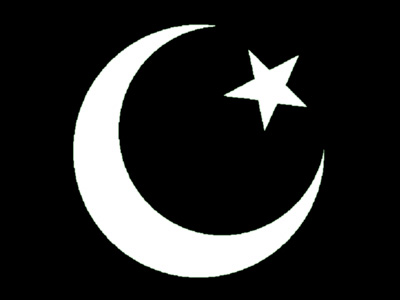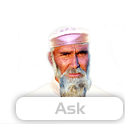 |
 |
|||
  |
 |
|||
The Islamic calendar |
|
|
The Islamic calendar is called the Hijri. It is a lunar calendar. This means that it is calculated according to the cycles of the moon. The Hijri has 354 days a year, whilst the Gregorian calendar (which is a solar calendar and the most common calendar in the Western world) has 365 days. So, although Islamic festivals occur on the same day of the year according to the Hijri, the date will slowly shift on the Gregorian calendar. The names of the 12 Islamic months are:
|
|